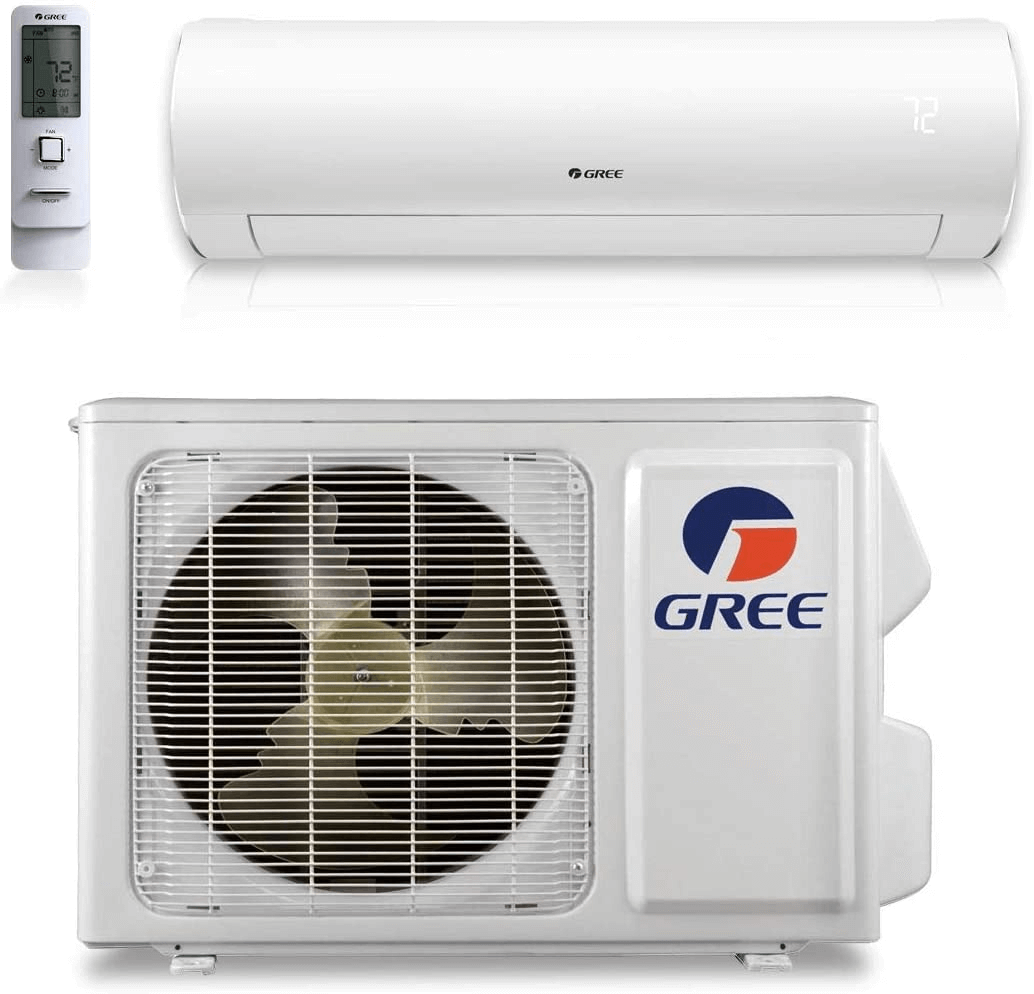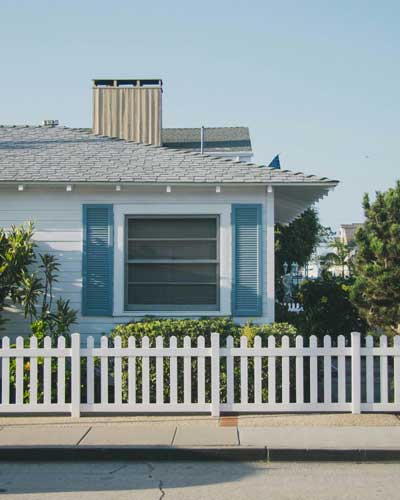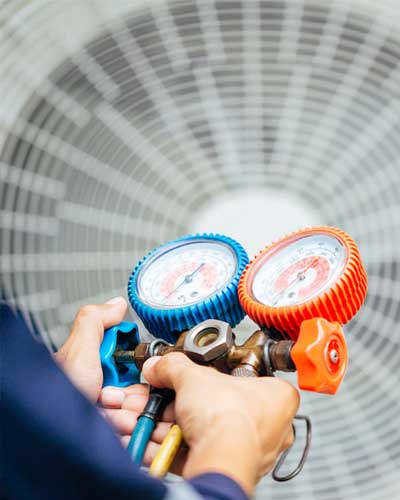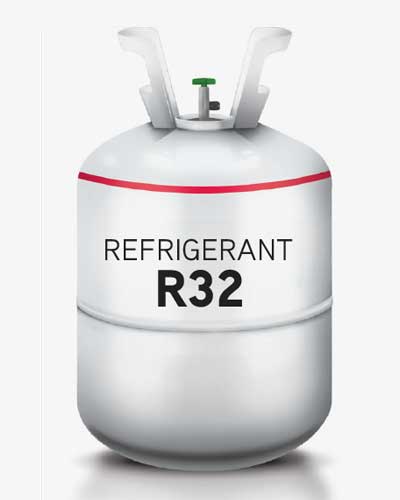
Mini-Split Sizing: A Quick Overview of BTU Requirements in HVAC
The BTU (British Thermal Unit) is the standard form of measurement used to determine the heating and cooling power of HVAC equipment. One BTU is the amount of energy required to heat one pound of water by one degree Fahrenheit. Regarding air conditioning units, BTUs reference how much energy it takes to remove heat.
BTUH is another important measurement you’ll run across. It stands for British Thermal Units per Hour. BTUH is often used to measure the heating and cooling capacity of HVAC equipment. This measurement refers to how much heat the unit can supply or remove per hour.
Equipment with higher BTUH ratings put out more energy and can heat or cool a space more quickly than systems with lower ratings, but bigger isn’t always better. Oversized units have just as many problems as undersized ones. There are a lot of individual factors that affect sizing calculations but with the right knowledge and tools, we can get an accurate estimate of the BTUs needed to effectively heat or cool a space.
BTU Estimations in Tonnage
Air conditioner output can be calculated in tons as well as BTUs. If you’ve been working in the industry for any length of time, you’ve probably seen both measurements. One ton is equal to 12,000 BTUs, meaning a one-ton AC unit can remove 12,000 BTUs of heat per hour.
There are many nuances to estimating BTU requirements, and a professional load calculation should always be performed before a system is selected and installed. There are rules of thumb that are often used for estimations, but they can vary depending on the equipment you’re using - For example, some brands recommend calculations of 25 BTUs per square foot, but 20 BTUs per square foot is more frequently used when estimating BTU requirements, contractors should be aware of these nuances. Ultimately, to get actual equipment sizing for the system, a professional load calculation must be performed using appropriate software before proceeding with the installation.
Key Factors Influencing BTU Estimations
The general rule for BTU estimations is 20 BTUs per square foot. Multiplying the square foot of a space by 20 will give you a good estimate but there are other factors that need to be considered for your estimation. We’ve broken down some of them below, but remember, a professional load calculation must be performed using the appropriate software, simply creating estimates using the concepts below will not suffice for a legitimate calculation.
Ceiling Height and BTU Calculations
Square footage only calculates floor space. If you are sizing a room with high ceilings, it is going to take more energy to both heat and cool. The recommendation is to add an additional 12.5% to the estimation for each additional foot over 8ft.
Insulation's Impact on BTU Requirements
This is a big one. Older homes with poor insulation will allow greater heat transfer. This means they are difficult to heat in the winter and cool in the summer because heat can more freely enter and exit the space. In an ideal world, the homeowner would replace and update the home’s insulation but that can be an expensive and time-consuming project. In spaces with poor insulation, it is often recommended to add 20% to the BTU estimation.
Windows and BTU Estimations
The more windows in a space, the more heat transfer the home will experience. Insulation around windows is typically poor and sunlight coming through windows can heat up a room quickly. If sizing a room that gets a lot of sunlight, it is recommended to add 10% to the BTU estimation. If the room is shaded or doesn’t receive much sun, reduce the BTU estimation by 10%.
BTU Considerations for Kitchen Spaces
In areas such as commercial kitchens, which have a substantial amount of heat-producing equipment, the BTU requirements for heating could be quite a bit lower than the usual square footage calculation. However, the BTUs needed to cool a kitchen space are significantly higher because of the same heat-producing equipment. It is recommended to add 4000 BTUs to the estimation when sizing air conditioners for kitchen spaces.
Number of Occupants and BTU Needs
People create heat. If there are many people living in the space, the BTU calculation must be adjusted to provide ample cooling. If there are more than two people regularly sharing the space, a good rule is to add 600 BTUs to the estimation for each additional person.
Climate and Its Effect on BTU Calculations
Areas that experience very hot, humid weather will require more BTUs for adequate cooling. Depending on the average weather conditions, you can add anywhere from 10-20% to adjust for climate considerations.
Avoiding Oversized and Undersized HVAC Systems
While there is a little wiggle room in BTU calculations, installing improperly sized equipment will create unhappy customers and HVAC units prone to early failure.
A unit that is too small will be unable to heat or cool the space effectively. It will be constantly running as it tries to keep up with the thermostat setting. This will cause parts to wear out faster and the unit will require frequent repairs, ultimately shortening its lifespan.
If the unit is too large for the space, it will short cycle. This results in higher energy bills for the customer as well as excess wear and tear on equipment over the long term.
BTUs in Mini-Split Sizing
One huge advantage of mini-splits is the ability to use multiple indoor heads to create multiple zones from a single outdoor compressor. Both the indoor units and the outdoor units will have a BTU rating. It is important to make sure the combined load of the indoor heads falls within the capacity of the condenser. Always check this against the manufacturer’s recommendations.
Condenser location is something that must be considered for new installations when sizing a unit. If possible, try to install the condenser in a shady area with adequate airflow. If the condenser is exposed to direct sunlight all day, the excess heat will make the mini-split work harder than it needs to. If there is no shaded spot for the outdoor condenser, you’ll need to factor in additional BTUs to the calculation to ensure it has enough energy to cool itself on hot days.
In summary, understanding BTU requirements for mini-splits is vital for HVAC contractors to ensure high-quality installations. By keeping the nuances of determining these estimations in mind, you can ensure an optimal outcome for you and your clients when performing the final calculation. If you’re a home or business owner considering an HVAC upgrade, we invite you to use our contractor locator tool to find a well-reputed GREE-certified contractor near you.
Contractors, be sure to use our system builder tool for your next mini-split install so that you can you can create the optimal system for your client on every job! Proper size estimations & formal calculations are critical to a successful installation, and by using the right info and tools you can ensure that all of your clients get the top-tier experience they deserve.





